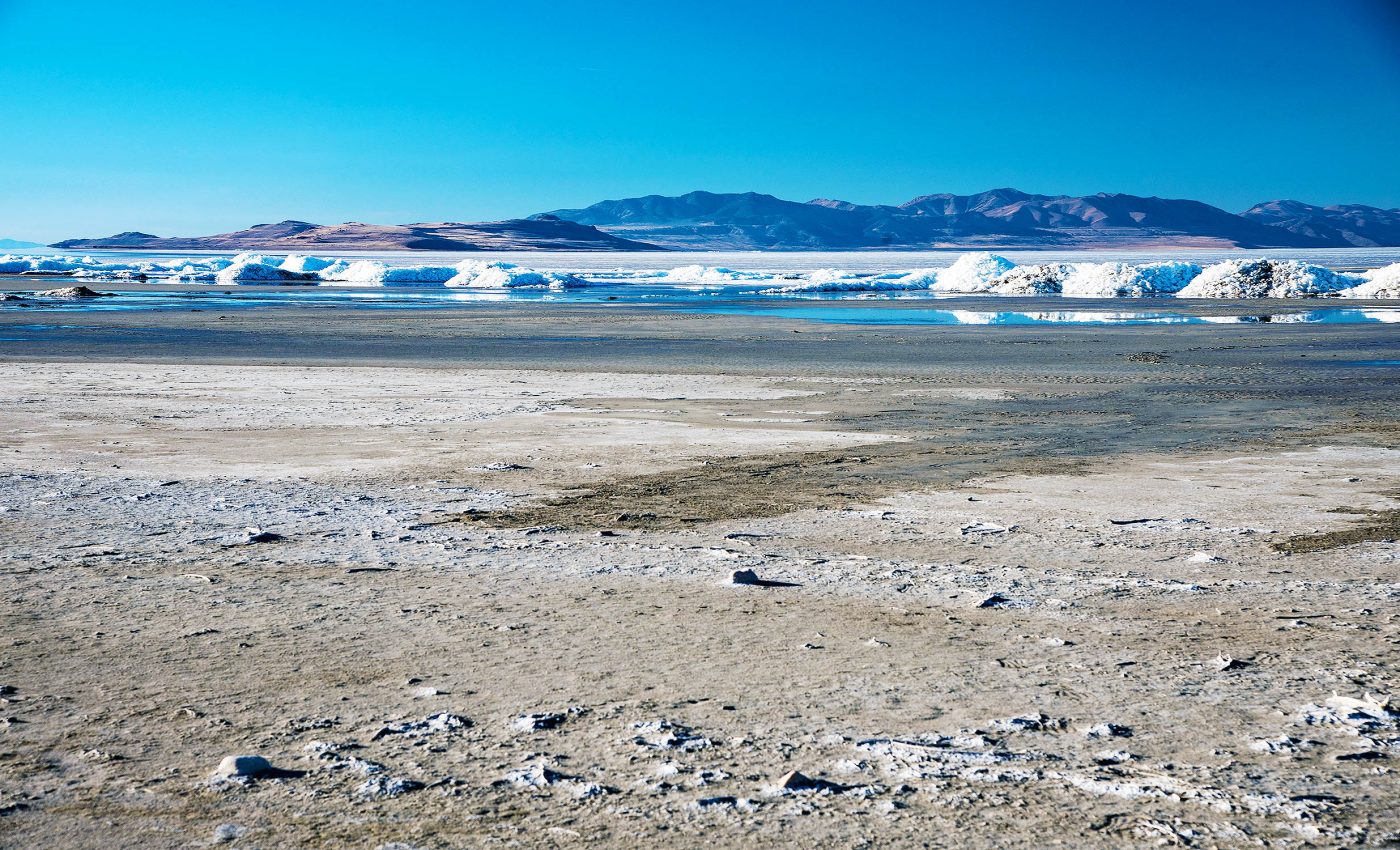
Great Salt Lake is drying up and causing major dust pollution
It’s a well-known fact that the Earth’s climate and pollution has been changing and impacting various aspects of our lives drastically. One such aspect is the Great Salt Lake in Utah that stands as a stark reminder of the challenges we face.
The issue at hand, though, is about more than just the dwindling lake; it’s about the dust pollution that arises from its drying bed, and how it disproportionately affects the local communities.
The credit for unveiling this grim reality goes to scientists from the University of Utah. Spearheading the research, Professor Sara Grineski and a team of experts from numerous faculties, including environmental studies, geography, atmospheric sciences, and biology, shed light on the issue.
Disadvantaged communities bearing the brunt
The recent research suggests that the dust pollution from the Great Salt Lake playa is impacting disadvantaged communities in the Salt Lake metro area more severely.
It’s a jarring revelation that shows how the adverse effects of climate change have the potential to contribute to societal disparities.
This undue burden of dust exposure falls mostly on Pacific Islanders and Hispanics, with the impact being lower on white people.
Additionally, those without a high school diploma also endure high exposure levels. The discrepancy arises due to the geographical layout of Salt Lake City, where lower-income neighborhoods are more susceptible to windblown dust from the shrinking Great Salt Lake.
“People here in Utah are concerned about the lake for a variety of reasons — the ski industry, the brine shrimp, the migratory birds, recreation — and this study adds environmental justice and the equity implications of the drying lake to the conversation,” said Grineski.
Great Salt Lake: A pollution source
Over two decades of relentless drought and substantial upstream diversions have resulted in the significant reduction of the Great Salt Lake.
Leaving approximately 800 square miles of lakebed exposed, this shrinking body of water stands as an unexpected yet formidable source of pollution.
So, what makes this dust so dangerous?
Dust from the lake bed contains fine particulate matter, or PM2.5. These tiny particles can infiltrate lung tissue. Ultimately, this leads to health issues like cardiovascular disease and asthma.
Salt lake restoration and reduced pollution
Restoring the Great Salt Lake to a healthy water level can alleviate harmful dust exposure. Importantly, different racial, ethnic, and socioeconomic groups will benefit from this change.
This restoration also offers ecological and economic benefits. It transforms a challenging situation into a win-win opportunity.
The research included running various scenarios through a model developed by researcher Derek Mallia. The model can simulate different lake levels and predict exposure levels, providing a helpful tool in managing the dust issue.
As per the model results, when lake levels drop, neighborhood disparities in exposure levels rise. On the other hand, an increase in lake levels corresponds to a decrease in overall dust levels and a narrowing of the gap between the dust exposure experienced by different demographic groups.
Implications of the findings
“We frame it the converse. Lake levels rise, overall levels of dust go down during the dust events and the gap, especially between Hispanic and Pacific Islander people, narrows with respect to the level of dust exposure for non-Hispanic white people,” Grineski said.
“So if we can take better care of the lake, the dust for everyone goes down and the gap in exposure between these groups goes down too.”
This research provides unique insights into the link between environmental changes and social justice. The issues around the Great Salt Lake and resultant pollution go beyond ecological or economic concerns. They are closely connected to the lives of the people in Utah.
The findings also hint at the need to expand Utah’s network of PM10 monitors, as suggests co-author Kevin Perry.
The data that would be available from a robust PM10 monitoring network could give a more thorough assessment of the lakebed dust threat, marking a critical step in mitigating its harmful effects.
The research concludes on a hopeful note, suggesting that we can reduce some of the inequality in dust exposure by raising the lake level to a ‘healthy’ level.
It’s a profound lesson in social justice, reminding us that caring for our environment extends beyond preserving the natural world –- it’s also about ensuring a fairer world for all of us.
The study is published in the journal One Earth.
—–
Like what you read? Subscribe to our newsletter for engaging articles, exclusive content, and the latest updates.
Check us out on EarthSnap, a free app brought to you by Eric Ralls and Earth.com.
—–













